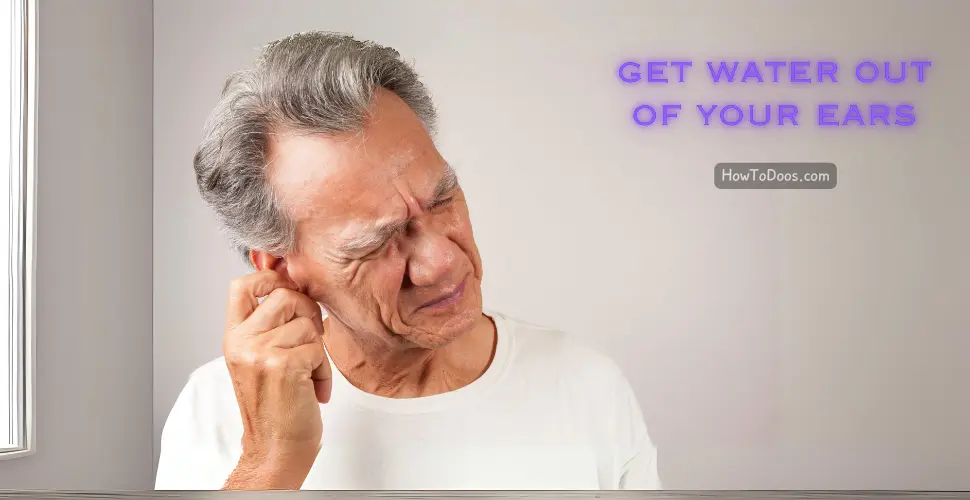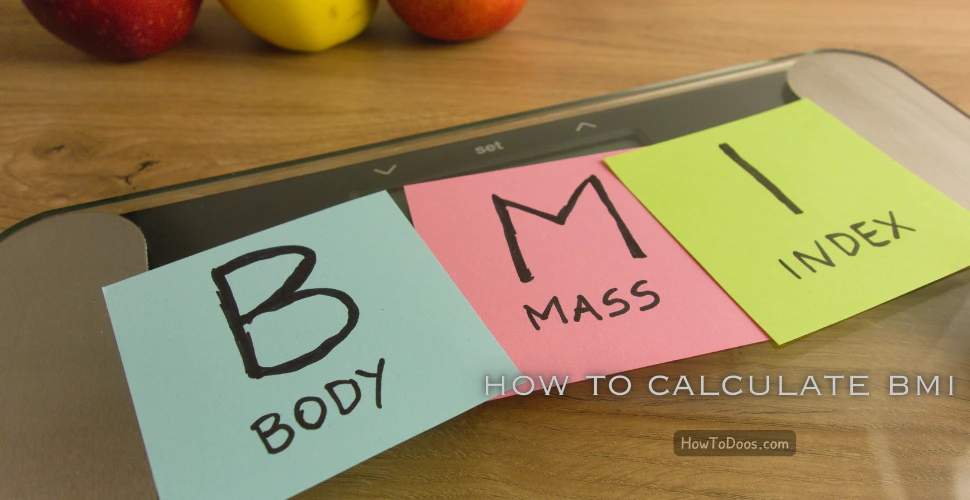How to Get Water Out of Your Ears – Quick and Safe Methods for Relief
-
 Olivia Taylor
Olivia Taylor - 12 Jul, 2024

Having water stuck in your ears can be an uncomfortable and sometimes painful experience. Whether it’s from swimming, bathing, or any other water activity, removing the water promptly can help prevent infections and restore comfort. In this guide, we’ll explore quick and safe methods to get water out of your ears.

Why Water Gets Stuck in Your Ear
Water can become trapped in your ears due to:
- Narrow Ear Canals: Some people have naturally narrow ear canals.
- Earwax Buildup: Excessive earwax can trap water in the ear.
- External Factors: Activities like swimming or diving can cause water to get lodged in the ear.
Symptoms of Water in Your Ears
- Tickling Sensation: A feeling of water moving around in the ear.
- Fullness: The ear may feel full or clogged.
- Hearing Loss: Sounds may be muffled or unclear.
- Discomfort: It can cause discomfort or pain if left untreated.
Methods to Remove Water from Your Ears

1. Gravity Method
- Tilt Your Head: Tilt your head sideways, so the affected ear is facing down.
- Jiggle Your Earlobe: Gently pull or jiggle your earlobe.
- Wait: Let gravity help drain the water out.
2. The Valsalva Maneuver
- Pinch Your Nostrils: Pinch your nostrils shut.
- Close Your Mouth: Keep your mouth closed.
- Blow Gently: Gently blow to create pressure in the back of your nose. This can help open the Eustachian tubes and release the water.
3. The Vacuum Technique
- Tilt Your Head: Tilt your head sideways.
- Cup Your Hand: Cup your hand over the affected ear to create a seal.
- Push and Release: Gently push and release your hand to create a vacuum effect, which can help pull the water out.
4. Use a Hair Dryer
- Set to Low: Set your hair dryer to the lowest heat setting.
- Hold at a Distance: Hold the dryer a safe distance from your ear.
- Move Back and Forth: Move the dryer back and forth, allowing the warm air to evaporate the water.
5. Apply Over-the-Counter Eardrops
- Purchase Eardrops: Buy over-the-counter eardrops designed to remove water.
- Follow Instructions: Follow the instructions on the packaging to safely use the eardrops.
6. Use Olive Oil or Vinegar
- Warm the Oil/Vinegar: Warm a small amount of olive oil or vinegar (do not overheat).
- Apply Drops: Use a dropper to apply a few drops into the affected ear.
- Wait: Let it sit for a few minutes.
- Drain: Tilt your head to let the liquid drain out.
When to See a Doctor
If water remains trapped in your ear for several days or if you experience severe pain, hearing loss, or signs of infection (such as discharge or fever), seek medical attention.
Tips to Prevent Water from Getting Stuck in Your Ears
- Wear Earplugs: Use earplugs while swimming or bathing.
- Dry Your Ears: After water activities, dry your ears thoroughly with a towel.
- Tilt Your Head: Tilt your head to each side to help water drain out immediately.
Example of the Gravity Method
Gravity Method

Steps:
- Tilt your head sideways, so the affected ear is facing down.
- Gently pull or jiggle your earlobe.
- Let gravity help drain the water out.
How It Works:
Tilting your head and using gravity helps the water naturally flow out of the ear.
Summary
Removing water from your ears involves using various methods like the gravity method, the Valsalva maneuver, and the vacuum technique. Preventive measures such as wearing earplugs and drying your ears thoroughly can help avoid this issue. If symptoms persist, consult a healthcare professional.


